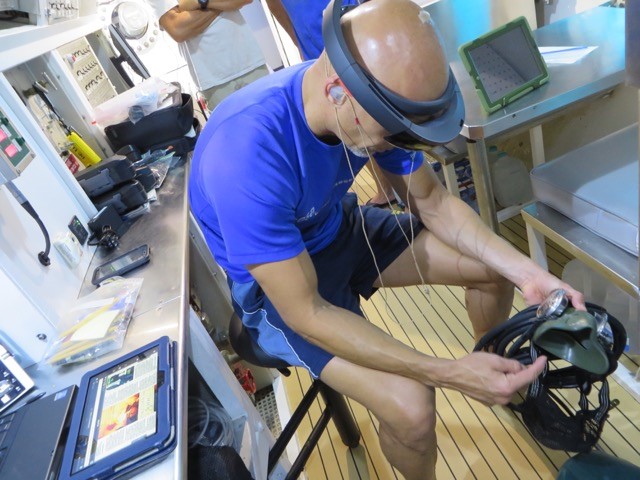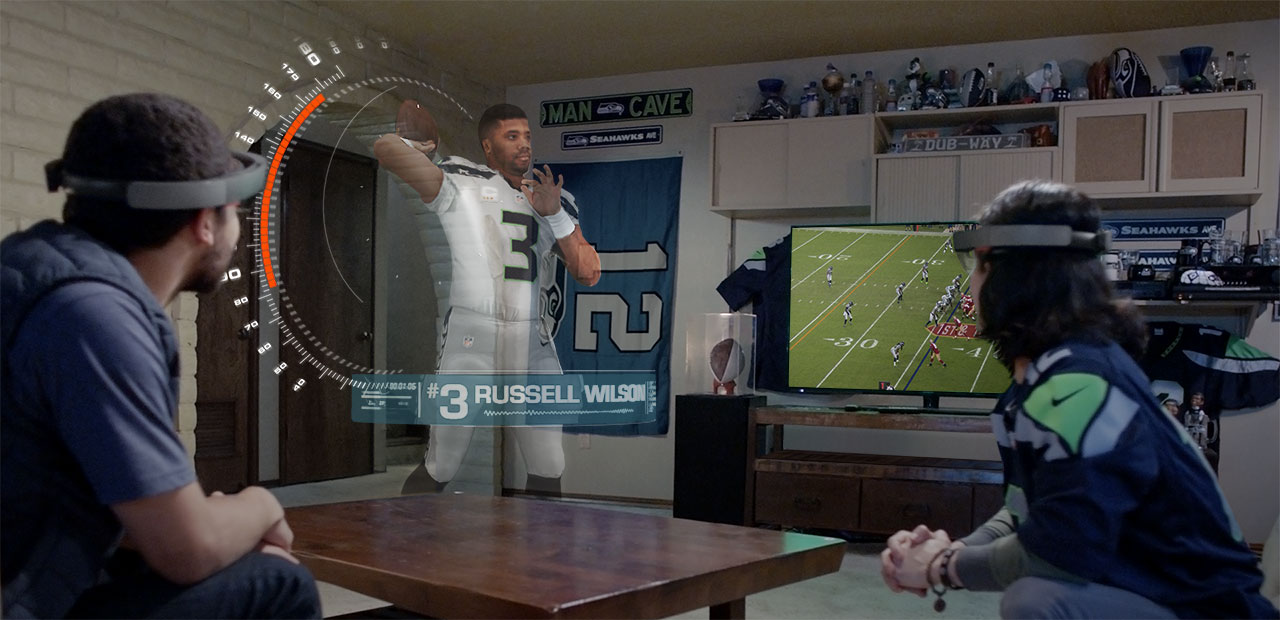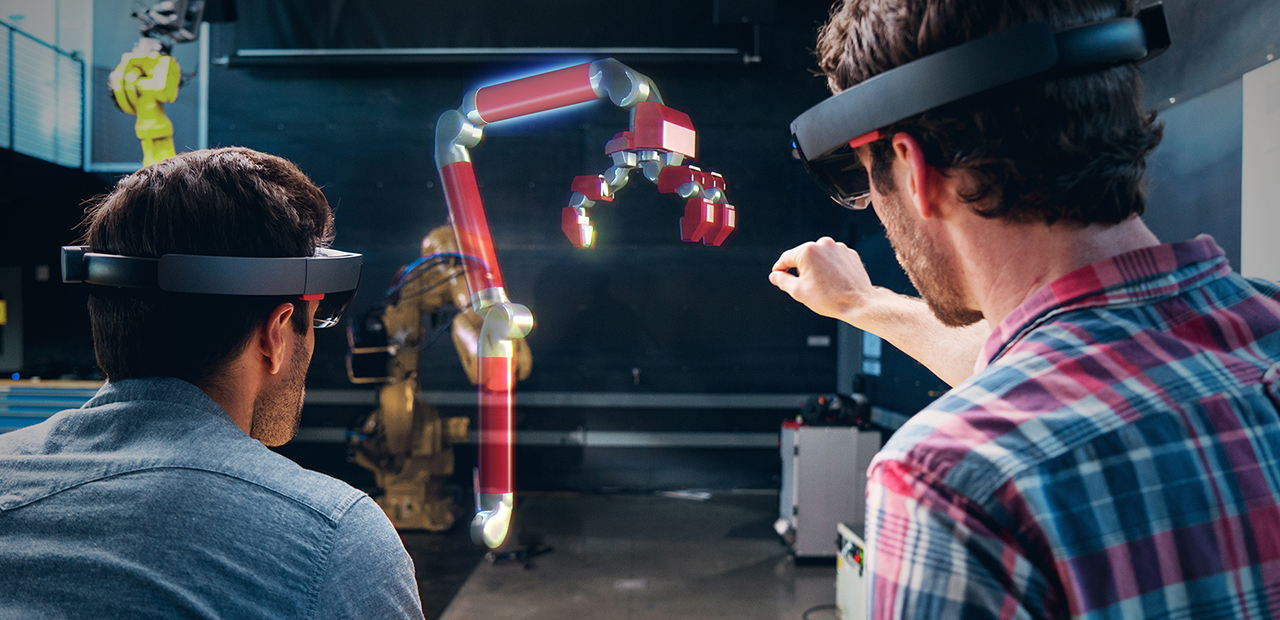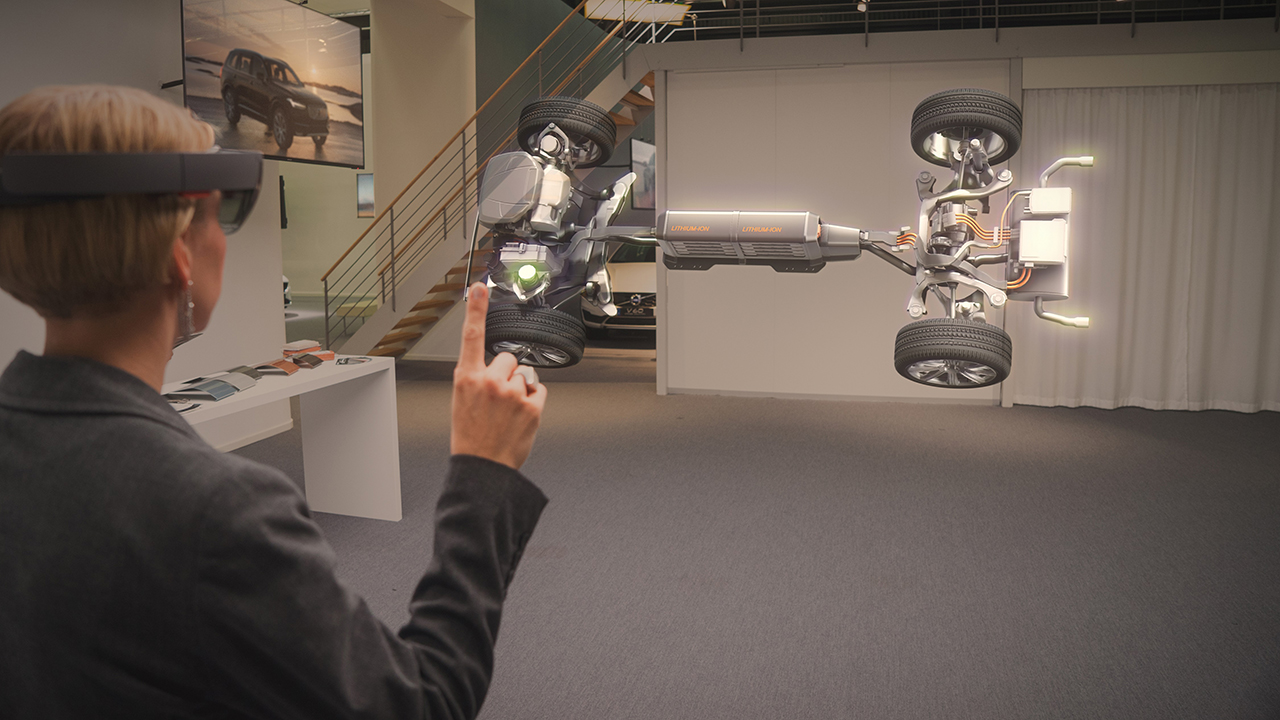Microsoft HoloLens in space: Making science fiction (mixed) reality
We were thrilled to see some early pictures today of astronaut Scott Kelly with HoloLens at the International Space Station!
To provide a little background on the project, Sidekick has two modes of operation. The first is “Remote Expert Mode,” which uses Skype, to allow a ground operator to see what a crew member sees, provide real-time guidance, and draw annotations into the crew member’s environment to coach him or her through a task. Until now, crew members have relied on written and voice instructions when performing complex repair tasks or experiments.
The second mode is “Procedure Mode,” which augments standalone procedures with animated holographic illustrations displayed on top of the objects with which the crew is interacting. This capability could lessen the amount of training that future crews will require and could be an invaluable resource for missions deep into our solar system, where communication delays complicate difficult operations.
In order to prepare for the mission, and what it would be like to use HoloLens at the International Space Station, NASA had a chance to experiment with it quite a bit at the Aquarius underwater research station as a part of NASA Extreme Environment Mission Operations NEEMO. Below are a few pictures of Astronaut Luca Parmitano using HoloLens at the underwater facility.
And we’re happy to report that HoloLens is mission operational at NASA’s Jet Propulsion Laboratory – exploring Mars using holograms of Mars Rover images.
We couldn’t be more thrilled about the work we are doing with NASA – I can’t wait to see more from the crew at the International Space Station!









